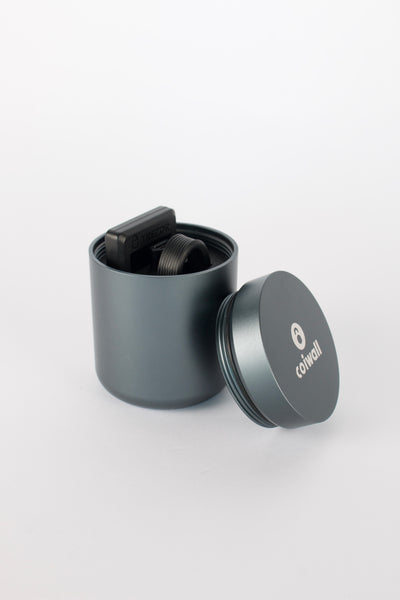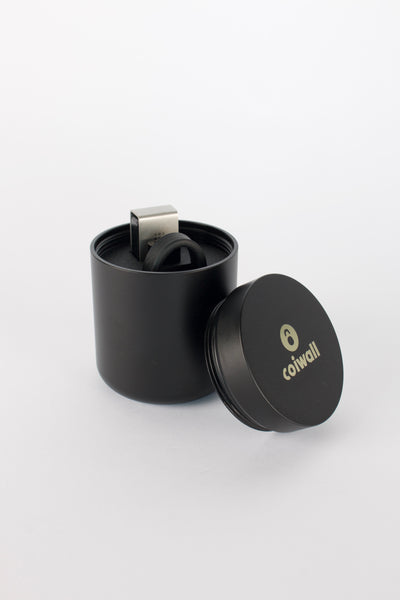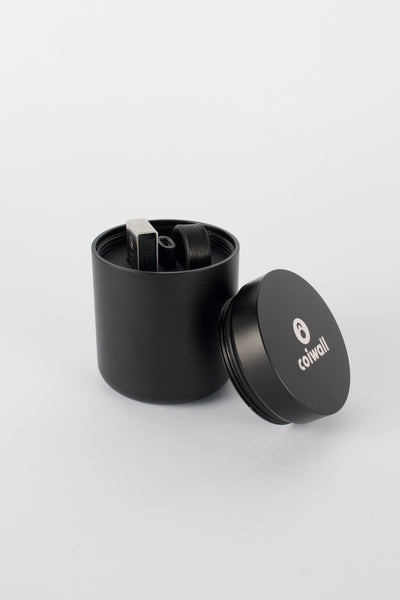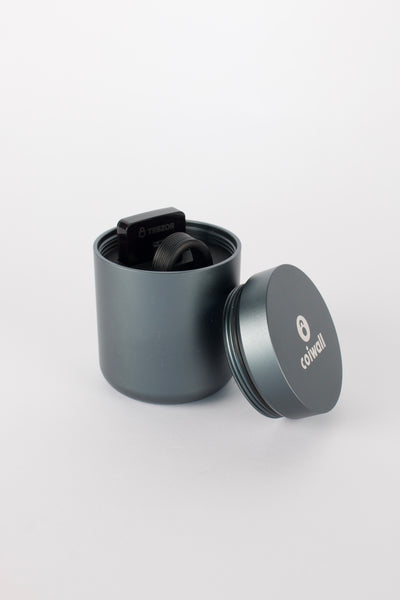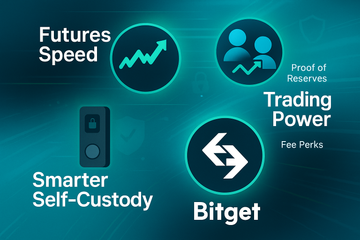Some exchanges feel like noisy arcades. Bitget feels more like a trading pit with a social layer. It is fast, packed with futures pairs, and well known for copy trading. That combination pulls in new traders and seasoned quants, which can be a good mix if you manage risk with a cool head.
Why Bitget catches attention
Bitget built its name on futures and copy trading. If you want simple spot buys, it handles that too, but the platform shines when the market moves and you want tools within reach. Charts plug into TradingView. Order types are straightforward. Liquidity feels steady during busy hours. You will notice that the interface nudges you to explore social trading and strategy pages, which makes sense, since many users show up to follow profitable leads.
There is a mild contradiction here. Copy trading looks easy, yet it is not a shortcut to skill. You can learn a lot by studying top traders, then you set your own limits and let the data guide your choices. That tension is healthy. It keeps you cautious, but not frozen.
Copy trading, without the rose tint
Here is the thing, the copy feature can help beginners move past hesitation. You can mirror entries, exits, and sizing rules from traders with a track record. Still, past performance is not a promise. Look at drawdowns. Check average trade length. Study how a lead trader reacts when funding flips or when volatility spikes.
What to watch before you follow
- Drawdown and risk per trade. A smooth curve hides pain points. You want to know the worst day, not just the best month.
- Win rate versus reward. A high win rate with tiny gains can still struggle in chop. A balanced reward to risk ratio matters.
- Follower settings. Use caps, stop loss rules, and a maximum daily loss. Your capital deserves a seatbelt.
You know what? Even if you love a top trader’s style, keep a slice of your account for personal trades. Practice builds judgment, and judgment is what protects you when markets turn fast.
Security posture, plus a reality check
Bitget publishes a Merkle tree proof of reserves. Users can verify balances, which builds trust. The exchange also maintains a protection fund, tracked in public addresses, that aims to cover extreme events. On the user side you get 2FA, withdrawal whitelists, anti-phishing codes, and session controls.
Now for the reality check. An exchange is convenient, yet it is not a vault. Keep trading funds on Bitget, then move long term holdings to cold storage. Ledger and Trezor are the standards for hardware wallets, with simple flows for receiving and sending coins. Trade on the exchange when you need speed, rest your savings in cold storage when you want peace of mind. It sounds cautious, and it is.
BGB token and fees, a quick primer
Bitget’s native token, BGB, powers fee discounts, promotional access, and occasional Launchpad rights. Fee schedules are tiered for spot and derivatives, and BGB holdings can reduce your rates. The numbers change by tier and market type, so it pays to check the fee page before a heavy trading week.
Small tip. If you trade futures all day, fees add up more than you think. A tiny maker or taker difference can become a real cost over a month. Track it like you track slippage.
Getting started without headaches
Sign up, set 2FA, and add a withdrawal whitelist. KYC can be required for higher limits or certain features. Funding is flexible, with card buys, bank methods through partners, and P2P desks for popular currencies.
The interface sits in a sweet spot. New traders get a clean spot page. Futures traders get depth charts, one click reduce only, and adjustable leverage. There are strategy bots for grid and recurring buys. They are helpful for structure, but do not treat them as magic. They follow rules you can read and understand, which is the point.
Futures that feel fast, risk that stays real
Perpetual contracts are the heart of Bitget. You can use isolated or cross margin, with leverage that requires respect. Funding rates keep the contract near spot, and those payments matter. If a pair pays funding every eight hours, your carry changes with the trend. It can turn a good entry into a break even day if you ignore the rate.
Let me explain with a simple flow. You open a long on BTC with isolated margin, set a stop, and place a take profit ladder. Volatility spikes on a CPI print, your ladder fills in parts, and your stop trails behind structure. This is textbook, and it still needs one more rule, no revenge trading after a stop. That single rule keeps more accounts alive than any indicator.
Earn, Launchpad, and the quiet yield question
Bitget offers savings and staking products with flexible or fixed terms. Rates change with market demand. There are Launchpad and Launchpool events that highlight new projects. These can be exciting during an alt run, and they can freeze funds when liquidity dries up. Read the terms, check lockups, and weigh smart contract risk when tokens leave your custody.
For many users, a simple split works. Keep a working stack on the exchange for trades and tactics. Keep a savings stack in your hardware wallet for cold nights and calm mornings.
For builders and quants
APIs support REST and WebSocket connections. You get market data streams, order endpoints, and account events. Latency depends on your region and setup, so nearby servers and clean code still matter. Subaccounts help teams separate roles. If you run signals, test in paper or tiny size first, then scale with care.
There is also a shared knowledge layer. Strategy pages, leaderboard stats, and notes from top traders can sharpen your edge. Take them as hints, not orders.
Regional notes and access
Bitget serves many countries, and it geofences some regions based on local rules. Features can vary. Futures, P2P, and specific tokens may not appear for every user. If a page looks empty on your account, that is usually why. The support center lists restrictions more clearly than social threads do.
Quick snapshot, no fluff
- Core strengths: futures depth, copy trading, social tools, clear UI.
- Security signals: proof of reserves, protection fund, strong user controls.
- Token utility: BGB fee perks and program access.
- Gaps to mind: custody risk on any exchange, copy trading overconfidence, regional limits.
Trends that shape how you trade
Market tone shifts fast around catalysts like a Bitcoin halving, ETF fund flows, or a surprise rate cut. When volatility rises, futures volume grows, copy trading gets louder, and risk controls matter more. Seasonal patterns still show up. Late summer can feel thin, early spring often wakes alt pairs. None of that replaces a plan, yet it helps set your pace.
Honestly, the rhythm of your account matters more than headlines. Keep logs. Mark days when you trade well. When you trade poorly, write one line on why. Many traders learn that their wins come from quiet sessions and clear setups, not from chasing a candle with shaky hands.
A small note on custody, again
It is worth repeating in simple terms. Exchanges are tools. Hardware wallets are homes. Trade where you need speed, store where you want rest. Ledger and Trezor make that routine simple. Set a strong passphrase, write your seed with care, and whitelist your cold addresses on Bitget so withdrawals stay tight.
Final take, balanced and calm
Bitget is a strong choice for traders who want futures speed and a social layer that teaches while it tempts. Fees are competitive, the BGB token sweetens the deal for active users, and security signals have improved with public reserves and a protection fund. The copy trading hub can be a teacher or a trap, which depends on your rules and your patience.
Trade with structure. Guard your keys with hardware. Keep learning. If you bring that mindset to Bitget, the platform does the rest, and your account can breathe through both rallies and pullbacks.

